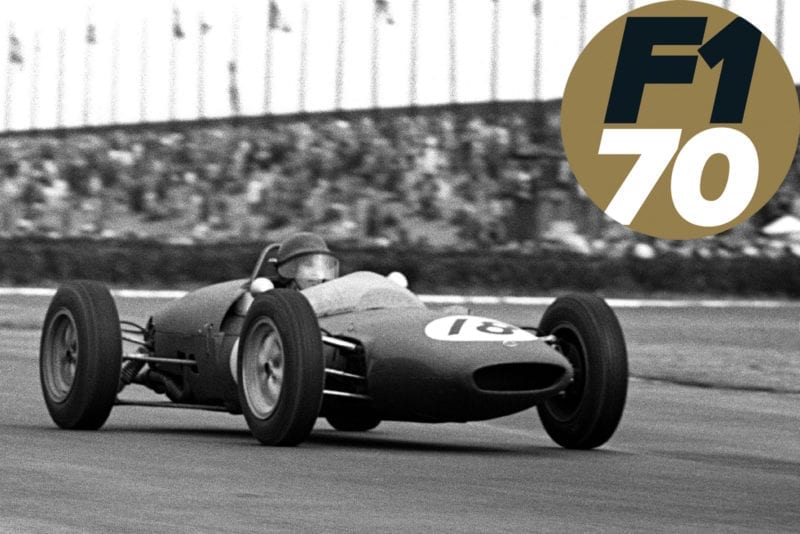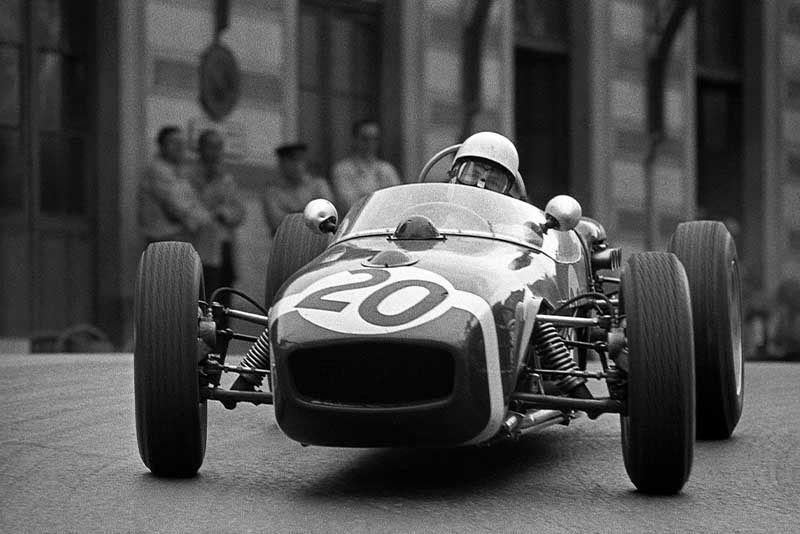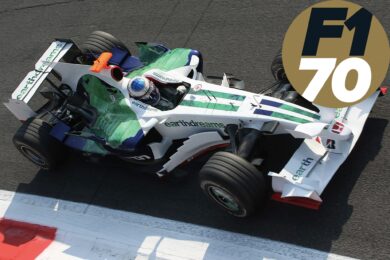The main benefit in Chapman’s mind was reduction in frontal area of the car and thus drag. This goal further aided by the fact that the anti-roll bar could be mounted between the two inner arms of the suspension, moving this component out of the airflow as well.
Though pretty, the 21 was not earth shatteringly fast and half of the points scored by Lotus chassis in ’61 (giving it 2nd place in the constructers championship) were achieved by Stirling Moss in his Rob Walker entered 18. Innes Ireland did score the 21’s only GP win, and Lotus’ first works victory, at the end of season US Grand Prix, but by 1962, Chapman’s attention had shifted to the groundbreaking, monocoque chassis Lotus 25.
However, the impact of the 21’s front suspension would be long lasting, with F1 cars still running the design well into the 1980s, where the benefits of cleaning up airflow around the nose only increased as aero development accelerated. The basic idea remains today, albeit with the concept further refined to use pushrod actuated rockers rather than integrating the rocker into the wishbone.








